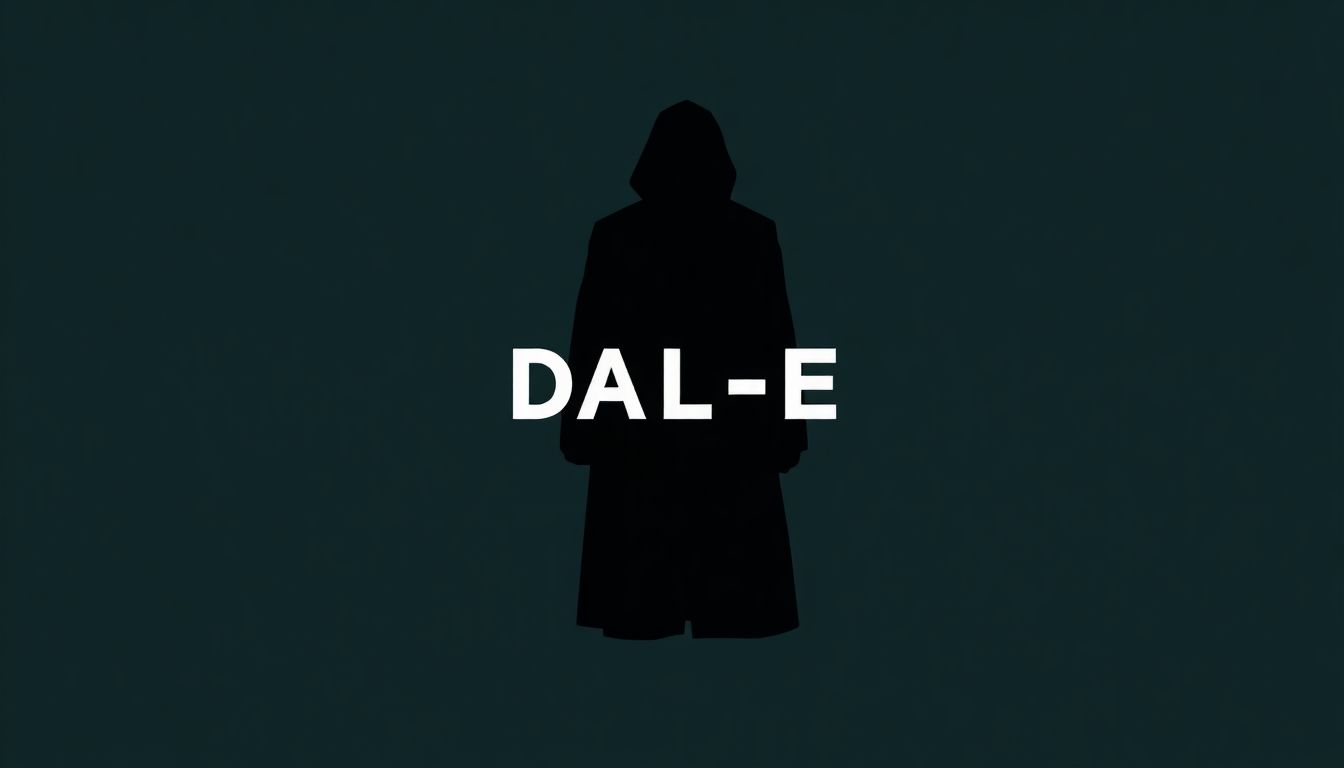I get it—designing a memorable book cover can feel tricky. You want it to grab eyeballs and make someone stop scrolling, but you’re not quite sure what works best.
Well, relax—you’re in the right spot. We’re going to cover simple, practical steps that’ll help your book cover stand out, speak clearly to your readers, and avoid the dreaded scroll-by.
In a moment, you’ll discover easy design ideas for color, typography, images, and more. Let’s dive in!
Key Takeaways
- Make titles bold and easy to read, covering most space to be clear on small online thumbnails.
- Limit cover to 2-3 contrasting colors, making sure your text stands out.
- Select images or symbols that instantly let readers know what genre and theme you’re offering.
- Highlight your main character or a key storyline symbol clearly but avoid too much detail or clutter.
- Follow popular genre design styles to tell readers exactly what type of book it is.
- Include unique elements like vertical or angled text to look fresh and memorable.
- Regularly test cover clarity and reader reactions before finalizing your design.

Start With a Bold and Clear Design to Grab Attention
If you’re looking to create a standout book cover in 2025, your first move should be clarity—make it unmistakably easy to read and understand at a glance. Readers scrolling through Amazon listings mostly see book covers as thumbnail-sized images, so your cover must catch their eyes immediately. Using big, bold typography that takes up to 80% of the cover space, like the recent bestseller “Tomorrow, and Tomorrow, and Tomorrow,” ensures the title isn’t missed, even at thumbnail size. It helps not to skimp on contrast either—dark-colored fonts against bright backgrounds or vice-versa make titles readable right away.
Here’s how you can quickly implement a bold, clear design:
- Choose fonts like Bebas Neue, Gotham Bold, or Montserrat—these are clean, modern, and easy to read.
- Keep cover text short—generally, just title, subtitle (if needed), and author name will suffice. Avoid crowding your cover with too many words or unclear fonts.
- Consider minimalistic cover designs—fewer visual elements mean less distraction for readers as they scan book listings online.
- Integrate negative space effectively. This doesn’t mean the cover looks empty; instead, like the acclaimed thriller “The Silent Patient,” strategic emptiness draws further attention to key elements such as a powerful illustration or distinct typography.
Use Strong Color Contrast for Immediate Impact
In book cover design right now, strong, contrasting colors are massively popular because they instantly grab attention from a distance and at small sizes. A bright yellow title on a deep navy background or crisp white letters against a crimson red creates a visual punch readers can’t overlook. That striking high contrast helps your book thumbnail pop among dozens of others on online stores, which is necessary since readers make lightning-quick decisions—usually within milliseconds.
Here are some practical tips to achieve immediate impact through color:
- Choose complementary colors —colors opposite each other on the color wheel (like blue & orange or yellow & purple) offer instant attraction due to their powerful contrast.
- Limit your palette to two or three main colors maximum to avoid cluttering visuals. Simplicity tends to deliver stronger impressions.
- Use tools like Adobe Color or Coolors to discover trending colors and harmonious color palettes quickly.
- Test your covers in grayscale mode—common in older Kindle devices—to ensure critical elements remain visible without color.
Choose Images That Reflect Your Book’s Theme Instantly
Picking the right images might feel intimidating—it’s tough trying to condense your entire narrative or nonfiction message into just one cover visual. But the best cover images give a potential reader an immediate feel for what’s inside the book and clearly hint at genre, tone, or theme. Currently, colorful, art-inspired illustrations are leading the way, particularly for romance novels, cozy mysteries, memoirs, and young adult books. Think of Emily Henry’s “Beach Read” or Casey McQuiston’s “Red, White & Royal Blue,” where playful illustrations match the lighthearted atmosphere instantly.
Here’s how you can choose a fitting image quickly:
- Start by pinpointing key emotions or core messages you want your reader to feel—happiness, suspense, romance, inspiration—then seek visuals that reflect those emotions.
- Use colorful, expressive illustrations over photography when possible, especially if targeting young adult audiences or cozy mystery readers, who are increasingly attracted to whimsical designs.
- Consider employing a collage technique popular in memoirs and nonfiction—layered textures, mixed media visuals—to gently suggest the complexity or depth of your book theme.
- If your story features strong seasons or settings, emphasize it visually—such as wintery imagery for a holiday romance. Not sure how to convey strong seasonal emotions? Using winter writing prompts could help spark fresh illustration ideas.

Highlight Your Main Character or Key Symbol on the Cover
Your main character—or even just one essential item or symbol from your story—can pull readers in immediately if used clearly on the cover.
In 2025, many bestselling titles prominently feature either a compelling character or an intriguing symbol from the narrative front and center.
Think of the handmaid’s red cloak in Margaret Atwood’s “The Handmaid’s Tale,” which became instantly recognizable as a powerful symbol everywhere online.
Here’s how to utilize this strategy effectively:
- Choose a key object or visual that directly connects to your story’s plot or theme—like a mysterious key for a thriller novel or a wedding ring for romance.
- Make sure the featured symbol is easy to interpret even on small thumbnails.
- If highlighting a character, create a simplified yet eye-catching illustration or silhouette rather than detailed, realistic imagery.
- Avoid giving too much detail that spoils the surprise; hint and intrigue but don’t reveal plot twists.
Follow Genre Standards to Appeal Directly to Your Readers
Sticking to genre-specific cover designs isn’t about being unoriginal; it’s about visually promising readers exactly what they’re looking for.
You wouldn’t sell a gritty crime thriller with a cover that looks like a sweet cozy mystery, right?
Genres come with visual “rules,” and in 2025, readers still rely heavily on them for quick buying decisions.
Romance features vivid, charming illustrated covers, thrillers lean toward bold typography with shadows and sharp contrasts, and fantasy typically showcases mystical or fantastical imagery.
To align your cover with genre expectations:
- Research current bestsellers in your genre to identify common visual themes, fonts, and color palettes.
- Look at reader discussions and reviews on sites like Goodreads, noting compliments or critiques about covers in your genre.
- If you feel stuck, check resources like this guide on the best fonts for book covers to ensure you’re using visuals readers expect and enjoy.
- Use genre-appropriate illustrations or fonts rather than blending styles that might confuse potential readers.
Create Unique Layouts to Stand Out from Competitors
No matter how well you follow genre rules, your final cover still needs its unique sense of style to capture attention in overflowing bookstores or endless Amazon pages.
In 2025, creative layouts with asymmetrical designs or eye-catching compositions like vertical or diagonal text placement are increasingly popular.
Here’s how to add creativity to your layout:
- Experiment with unconventional text positioning like vertical titles along the side or angled subtitles for extra flair.
- Consider offsetting images or typography instead of placing everything dead center.
- Look for design inspiration beyond your genre; cool layout ideas often come from related fields like graphic design or magazine covers.
- Gather your favorites and see if you can blend features together in fresh ways—just keep readability a priority.
Make Typography the Star for Quick Recognition in Online Stores
It’s easy to underestimate fonts, but typography alone can make or break your cover in today’s fast-paced digital book marketplace.
In fact, fonts dominating 80% of the book’s front are all the rage in 2025 because they offer instant readability, even at thumbnail size—nothing sells faster than quick recognition.
Take the thriller classics by authors like Lee Child or Stephen King as examples; their titles jump off every page just due to super-bold typography choices.
To turn your text into a star:
- Select heavy-weight fonts because thinner fonts disappear when scaled to the size you see shopping on phones or Kindles.
- Match fonts to genres but avoid overly decorative styles that muddy readability at small sizes.
- Pair bold, large typography with fewer visual elements to further strengthen readability and impact.
- Ensure your subtitle (if any) and author name complement rather than overpower your main text.
Balance Simplicity and Boldness for a Memorable Design
Effective book covers strike the right balance: they’re bold yet simple.
The minimalist approach that ensures instant recognition at tiny sizes is everywhere in 2025, with ample negative space paired with striking typography and bright colors.
“Atomic Habits” by James Clear illustrates this perfectly—minimal text, strong color contrast, and ample white space create immediate visual impact.
You can easily apply simplicity and boldness together:
- Limit cover content to essential elements like title and author, ditching long subtitles that distract at smaller sizes.
- Pair bright, contrasting colors with simple layouts that don’t overwhelm viewers visually.
- Employ negative space thoughtfully, emphasizing your title or the core image rather than crowding everything together.
- Regularly test your simplicity-balanced cover with quick thumbnail checks to ensure it stays recognizable and impactful at a glance.
Check Current Design Trends but Keep Clarity a Priority
Keeping an eye on the latest design trends is smart—but clarity should always come first.
Yes, animated or interactive digital covers using AR and QR codes are becoming trendy in 2025 but remember: readability and instant identification are your top goals.
Here’s what you should do:
- Experiment with trending interactive elements as add-ons rather than the core of your design.
- Ensure animations or QR codes don’t compromise the visual clarity or disrupt the readability of your book’s title and author.
- Stick to core visual principles—high contrast, big fonts—even while adding fun, trendy elements to ensure your cover still works as a static thumbnail.
Get Real Feedback by Testing Your Cover With Potential Readers
One of the best-kept publishing secrets is simple: just ask potential readers what they think of your design.
In 2025, with ever-changing trends and reader preferences, feedback from real people buys you insurance against costly design mistakes.
How to effectively test your cover:
- Use social media groups in your genre to solicit direct reactions and opinions from real readers.
- Set up quick A/B tests on platforms like PickFu or just informally in Facebook reader author groups.
- Feel free to tap into beta readers or knowledgeable friends who understand your genre—here’s a handy guide to learn how to become a beta reader for more insight.
- Always ask specific questions (like “Can you clearly read the title at this size?” or “Does the image intrigue you?”) rather than broad, vague queries.
With these practical tips in hand, your book cover isn’t just another pretty face—it’s a powerful marketing tool ready to snag readers’ attention instantly.
FAQs
Use bold, contrasting colors that instantly catch someone’s eye even in thumbnail size. Opt for combinations that clearly highlight important text or visuals. Checking popular covers in your book’s genre helps you locate attractive and recognizable color pairings.
Choose imagery clearly related to your book’s genre and central theme. Highlighting the main character or symbolic object often appeals directly to readers. Aim for clarity and emotional impact, ensuring potential buyers fully grasp your book’s essence at a single glance.
Typography directly affects readability and brand recognition. Distinctive fonts grasp attention in busy online bookstores. Pick straightforward yet memorable fonts that align visually with genre standards, reinforcing your cover’s identity and ensuring quick recognition by potential readers.
Yes, always test your book cover by gathering feedback from actual readers. Early testing reveals first impressions, helps identify potential improvements, and validates whether your cover resonates clearly and effectively with the intended audience before finalizing your design.

